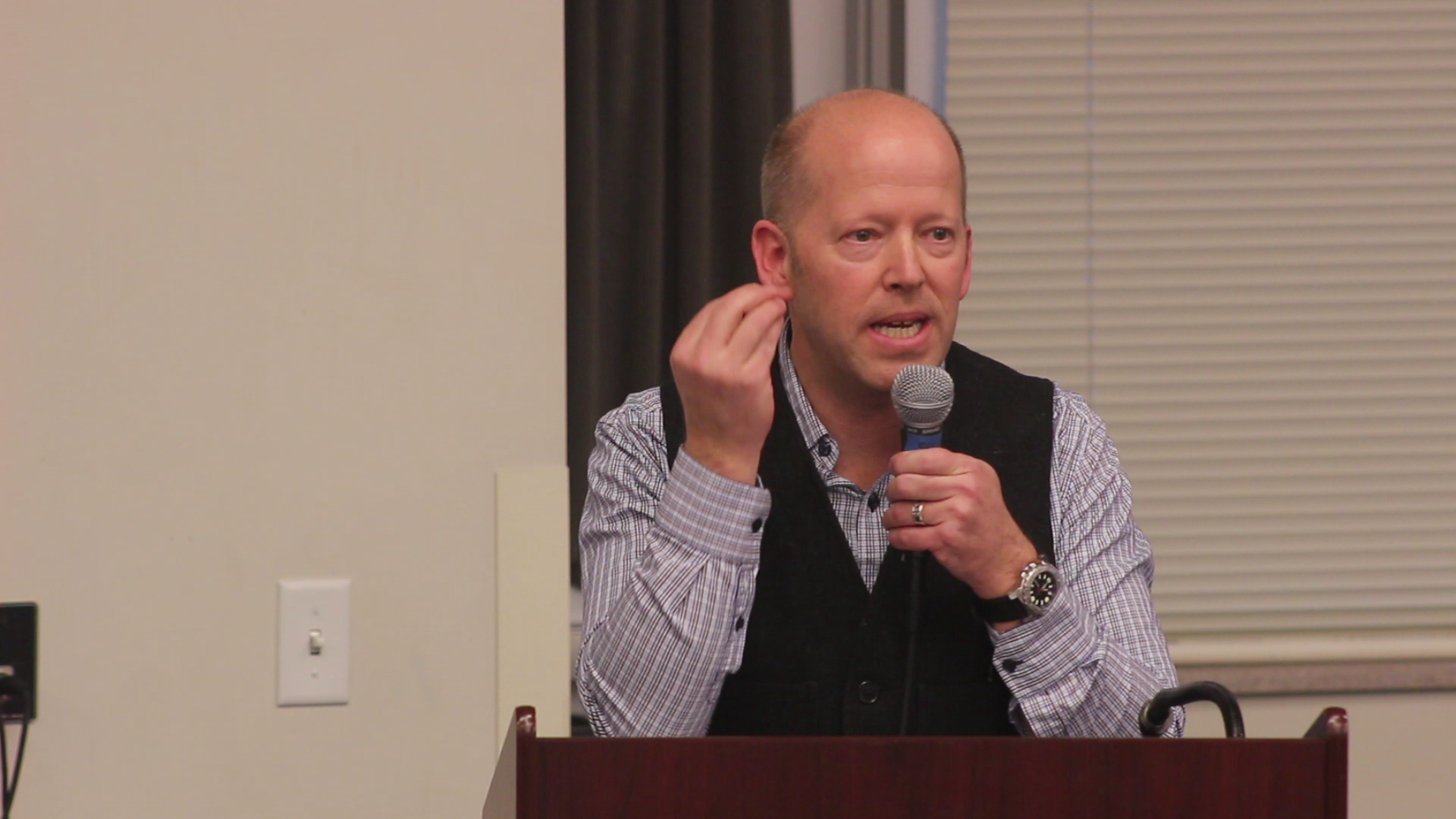
ST. GEORGE — While Lake Powell Pipeline opponents call the recent Army Corps of Engineers’ request for plans addressing quagga mussels and other issues a “setback” for the project, state and local water officials say the request is just another part of the overall permitting process and consider it business as usual.

Last week the Army Corps of Engineers asked the Utah Division of Water Resources for plans to deal with the invasive quagga mussels that have infested Lake Powell. The mussels can reproduce quickly and clump together, which can damage water infrastructure as well as negatively impact the ecosystem they are in.
The Corps wants to see the plans before issuing a permit for the Lake Powell Pipeline and gave the division a deadline of July 13 to respond.
“This is just a part of the process,” Kim Wells, public information officer for the Utah Division of Water Resources told St. George News. “The mussels are just one of those items they requested info on.”
The Utah Rivers Council, an environmental advocacy group and longtime opponent of the Lake Powell Pipeline, issued a statement Friday that the pipeline project could be postponed indefinitely if the Army Corps of Engineers’ permit is not granted.
Read more: Southern Utah without Lake Powell Pipeline: Dried-up communities or booming like usual?
“The Division is recklessly pushing ahead with the Lake Powell Pipeline while refusing to address many of the very serious concerns raised by members of the public and federal regulators over the past decade,” Zach Frankel, executive director of the council, said in the statement.

The council contends the Lake Powell Pipeline will bring quagga mussels to Washington County waters like the Sand Hollow and Quail Creek reservoirs and possibly even the Virgin River. It also says no special filtration system or chemicals the pipeline would have could catch 100% of the mussels’ microscopic larvae.
“We commend the Corps for pumping the brakes and demanding answers to ensure the destructive Pipeline won’t create an ecological disaster,” Frankel said.
The Utah Rivers Council and other conservation groups list the quagga mussels as one of many factors stacked against the Lake Powell Pipeline’s favor.
They argue the pipeline is not needed because Washington County has enough water and should focus on conservation; the Colorado River isn’t a reliable water resource long term and is already overtaxed; and the cost of pipeline project will be astronomical and cripple the local economy with high impacts fees, property taxes and water rates.
State and local water officials dispute the claims and tout the pipeline’s need to help bring in a secondary water resource to Washington County that will also help support a growing population.
As for the quagga mussels, Wells said, “There are plans in place.”

Read more: Water district: Lake Powell quagga mussels not considered a threat to pipeline project
State and local water officials pointed to pipelines used in mussel-infested waters like Lake Mead and how water managers there deal with the issue.
“This is nothing new,” said Karry Rathje, public information manager for the Washington County Water Conservancy District.
The Southern Nevada Water Authority states on its website that it works with state and federal agencies to deal with the mussels and any impact they may have on water quality.
“No live adult quaggas have been found at SNWA treatment facilities and improvements are being implemented to prevent the colonization of the intake structures by mussels.
“These control technologies have been incorporated into the design of the third intake that is currently under construction. Veligers (quagga larvae) have been found in the raw water as it comes into the treatment plants, but it should be noted that the Water Authority’s water treatment processes destroy all quagga before they can get into the drinking water system.”
Inquiries to the Southern Nevada Water Authority for additional details regarding how it deals with quagga mussels were not returned by the time this story published.
Email: [email protected]
Twitter: @MoriKessler
Copyright St. George News, SaintGeorgeUtah.com LLC, 2019, all rights reserved.